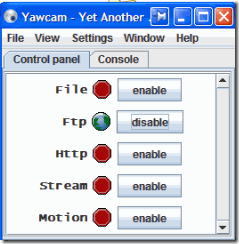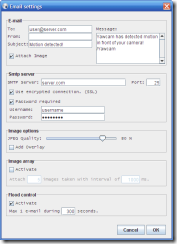Jens Mortensen for The New York Times. Prop stylist: Josephine Shokrian.
“There’s never been a puzzle quite like Rubik’s Cube, and America may never be the same,” announced the Ideal Toy Corporation in an early 1980s commercial. It wasn’t wrong. While teaching a class called Form Studies in the early 1970s, the Hungarian architect Erno Rubik had his students slice a large cube of foam horizontally and vertically. He quickly realized that you could rotate the top half relative to the bottom half, the puzzle expert Jerry Slocum says. “And that’s where the idea of the Rubik’s Cube came from.” In 1975, Rubik patented it under the name Magic Cube and pitched toy executives on the notion that something that forced players to exert extraordinary mental energy was loads of fun. In 1977, it entered the Budapest marketplace. Three years later, it came to the U. S. as Rubik’s Cube.
Between 1980 and 1982, 100 million Rubik’s Cubes were sold worldwide. The mania even spawned a microindustry of guidebooks and cultural detritus. “One entrepreneur sold a set of stickers to frustrated cubists,” says Tim Walsh, author of “Timeless Toys,” “to sticker over their scrambled cube and claim to have solved it.” In 1983, “Rubik, the Amazing Cube,” a cartoon about a blue-headed Rubik with magical powers, made its debut on ABC.
After the initial craze, the cube crashed. Yet a recent resurgence has been led by an interest in speed cubing and the desire of some Gen X parents to share a toy of their youth with their kids. In 2008, 15 million were sold, compared with 3 million the year before. In 2010, Rubik, long a recluse, flew to Washington to celebrate his brainchild’s 30th U.S. birthday. He remains one of the world’s richest Hungarians.
THE CUBING WUNDERKIND
Last June, an Australian named Feliks Zemdegs was 15 when he broke the world record for solving the Rubik’s Cube. His official time, 5.66 seconds, was clocked at an event held by the World Cube Association. Now 16, the champ discusses his craft:
When did you play with your first Rubik’s Cube? The first time I bought one and sat down and tried to learn it was in April 2008.
What’s the most important skill? Probably having good vision, recognizing patterns quickly and hand-eye coordination.
What advice would you give to other people interested in following your path? Learn as much as you can about it from the Internet. And just practice a lot.
How do you practice? I don’t really do much, because it’s not really that difficult to maintain my speed, I guess. So I just solve it casually.
Casually? Are there basic strategies? There are a number of methods you can use. The main one is just doing it in layers, which is pretty simple. There are three layers on the cube. Basically you just build them up until you solve it.
Do you think anyone will be able to top your world record? Yeah, definitely. I reckon probably 20 people, or maybe even more, have done faster times at home. It’s just a matter of getting to a competition, getting a bit of luck and not being too nervous.
So how has this record changed your life? It hasn’t really changed everyday life at all. There’s a lot more stuff on the Internet about me and lots of media stuff.
Where do you see yourself in 10 years? I might not be doing this as much — I can’t see myself doing it too much at all. But I’d still like to be part ofthe community.
 From Geek.com:
From Geek.com: 





